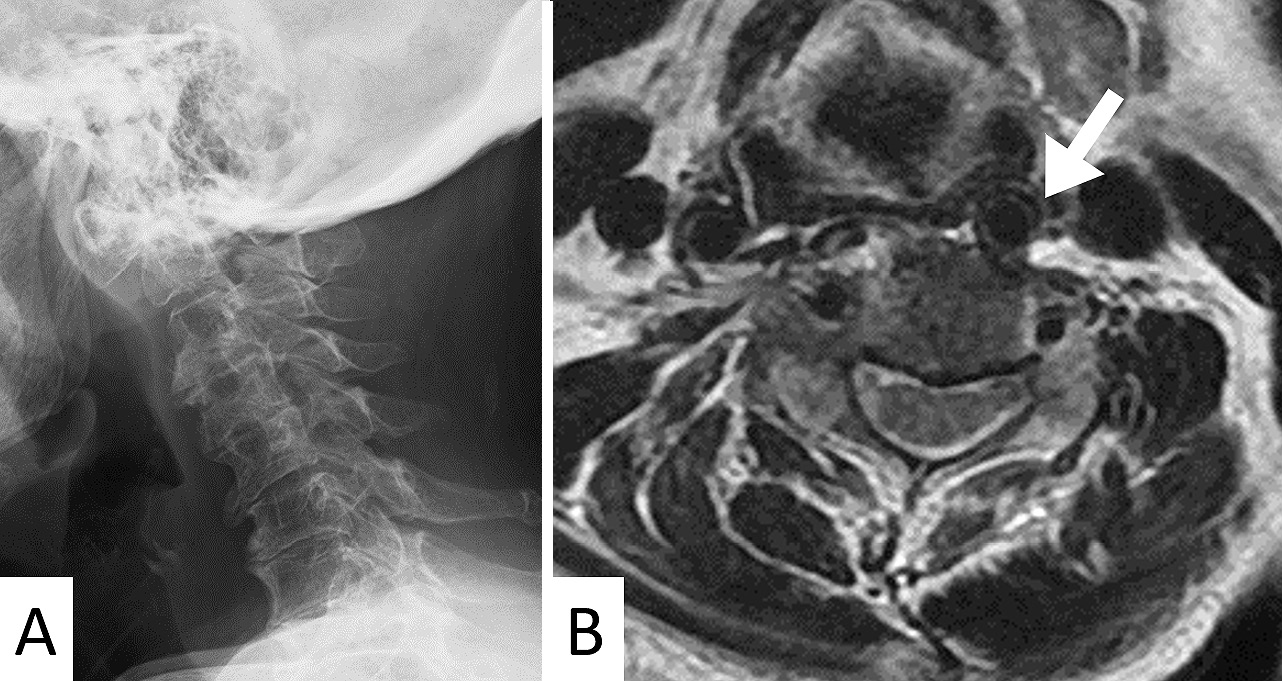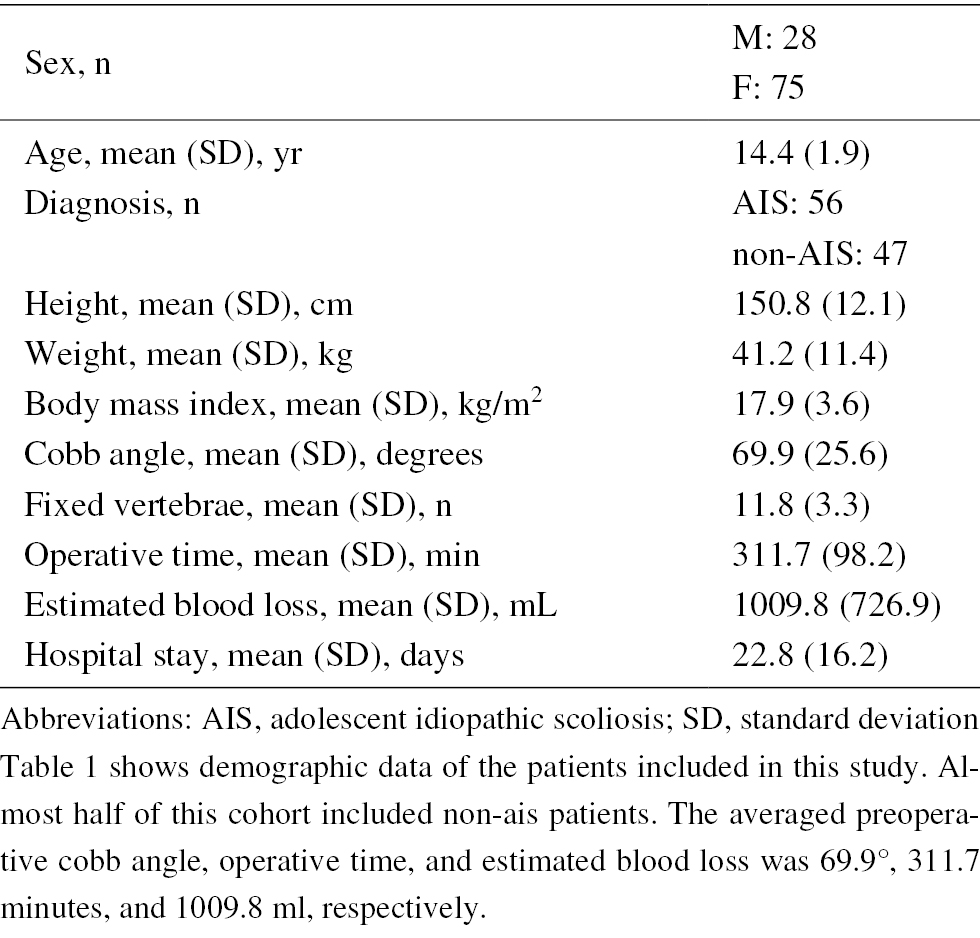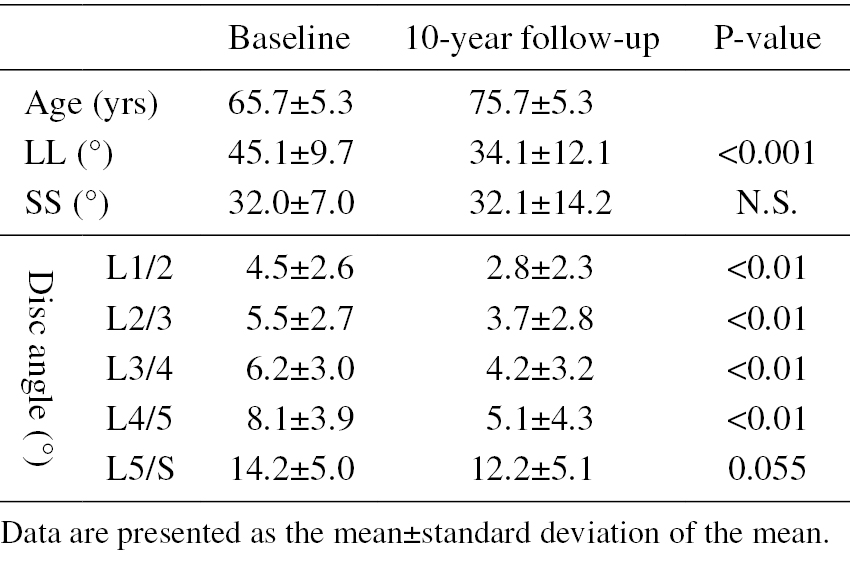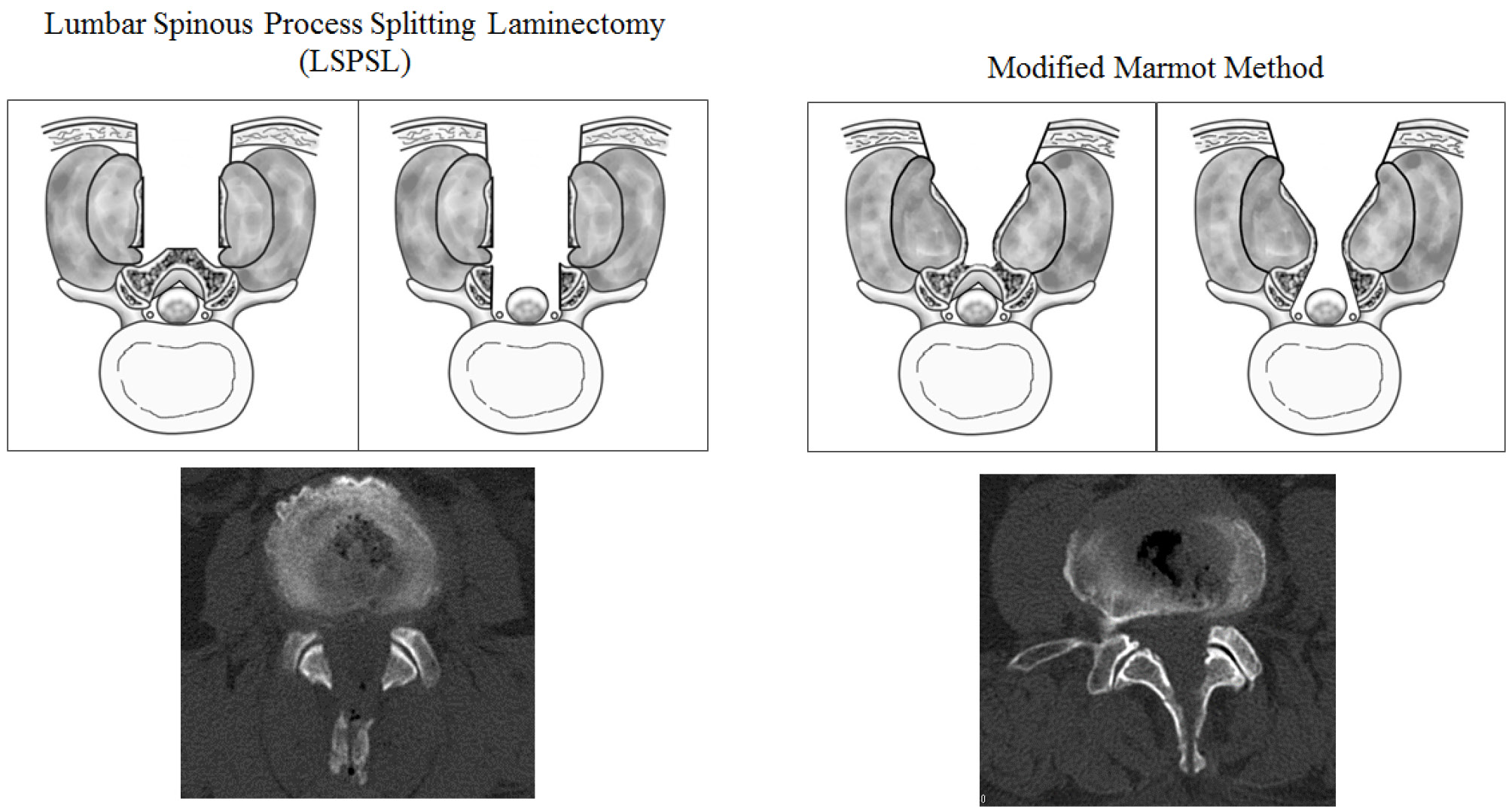Volume 5, Issue 3
Displaying 1-17 of 17 articles from this issue
- |<
- <
- 1
- >
- >|
INSTRUCTIONAL LECTURE
-
2021 Volume 5 Issue 3 Pages 120-132
Published: May 27, 2021
Released on J-STAGE: May 27, 2021
Advance online publication: March 10, 2021Download PDF (463K)
REVIEW ARTICLE
-
2021 Volume 5 Issue 3 Pages 133-143
Published: May 27, 2021
Released on J-STAGE: May 27, 2021
Advance online publication: September 23, 2020Download PDF (3185K)
ORIGINAL ARTICLE
-
2021 Volume 5 Issue 3 Pages 144-148
Published: May 27, 2021
Released on J-STAGE: May 27, 2021
Advance online publication: November 20, 2020Download PDF (429K) -
2021 Volume 5 Issue 3 Pages 149-153
Published: May 27, 2021
Released on J-STAGE: May 27, 2021
Advance online publication: December 05, 2020Download PDF (254K) -
2021 Volume 5 Issue 3 Pages 154-159
Published: May 27, 2021
Released on J-STAGE: May 27, 2021
Advance online publication: November 20, 2020Download PDF (85K) -
2021 Volume 5 Issue 3 Pages 160-164
Published: May 27, 2021
Released on J-STAGE: May 27, 2021
Advance online publication: September 23, 2020Download PDF (137K) -
2021 Volume 5 Issue 3 Pages 165-170
Published: May 27, 2021
Released on J-STAGE: May 27, 2021
Advance online publication: October 22, 2020Download PDF (280K) -
2021 Volume 5 Issue 3 Pages 171-175
Published: May 27, 2021
Released on J-STAGE: May 27, 2021
Advance online publication: October 22, 2020Download PDF (228K) -
2021 Volume 5 Issue 3 Pages 176-181
Published: May 27, 2021
Released on J-STAGE: May 27, 2021
Advance online publication: October 22, 2020Download PDF (186K) -
2021 Volume 5 Issue 3 Pages 182-188
Published: May 27, 2021
Released on J-STAGE: May 27, 2021
Advance online publication: November 20, 2020Download PDF (97K) -
2021 Volume 5 Issue 3 Pages 189-195
Published: May 27, 2021
Released on J-STAGE: May 27, 2021
Advance online publication: January 21, 2021Download PDF (514K) -
2021 Volume 5 Issue 3 Pages 196-204
Published: May 27, 2021
Released on J-STAGE: May 27, 2021
Advance online publication: February 22, 2021Download PDF (2079K)
TECHNICAL NOTE
-
2021 Volume 5 Issue 3 Pages 205-210
Published: May 27, 2021
Released on J-STAGE: May 27, 2021
Advance online publication: December 05, 2020Download PDF (782K)
CLINICAL CORRESPONDENCE
-
2021 Volume 5 Issue 3 Pages 211-213
Published: May 27, 2021
Released on J-STAGE: May 27, 2021
Advance online publication: August 20, 2020Download PDF (459K) -
2021 Volume 5 Issue 3 Pages 214-217
Published: May 27, 2021
Released on J-STAGE: May 27, 2021
Advance online publication: August 20, 2020Download PDF (525K) -
2021 Volume 5 Issue 3 Pages 218-220
Published: May 27, 2021
Released on J-STAGE: May 27, 2021
Advance online publication: August 20, 2020Download PDF (695K)
ERRATUM
-
2021 Volume 5 Issue 3 Pages 221-222
Published: May 27, 2021
Released on J-STAGE: May 27, 2021
Download PDF (230K)
- |<
- <
- 1
- >
- >|
















